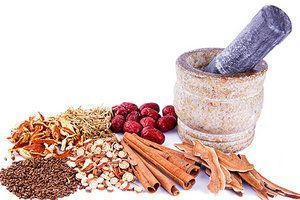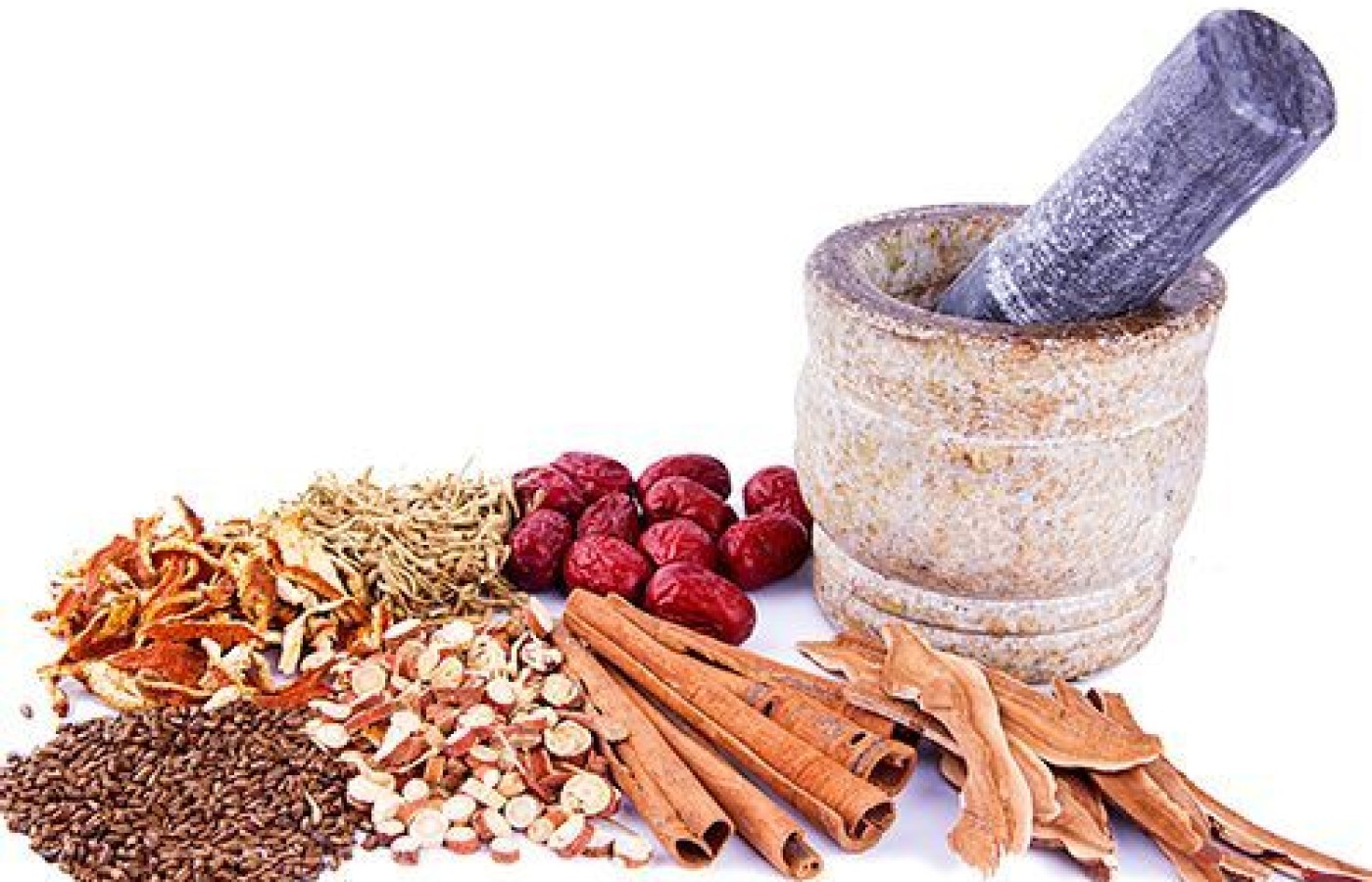Whether you accept it, avoid it or live somewhere in between, insurance coverage has become a defining issue for our profession. Patients increasingly expect to use their benefits, practitioners want to be compensated fairly for their time and expertise, and the system itself remains – at best – fragmented. The encouraging news is that coverage has expanded in meaningful ways. The challenging news is that reimbursement, across the board, remains inadequate.
Chinese Herbs and Pulmonary Fibrosis: A Case Study
"Mary M."* recently celebrated her 90th birthday. Even the former sheriff dropped by to kiss the hand of this diminutive retired teacher, to honor the years she interpreted for him during interviews with Latinas and Latinos. Why is this story remarkable? At age 73, Mary was diagnosed with idiopathic pulmonary fibrosis (IPF). Standard survival time in those days? About three years.
For 10 years, Mary's insidious dry cough caused insomnia. Codeine cough syrup sometimes helped, but gave no long term relief. Mary also had shortness of breath. Western diagnostic procedures showed no results.
Finally, the Mayo Clinic's second opinion in 1998 corroborated a diagnosis of IPF. It occurs when lung tissue becomes damaged and scarred due to fibrosis, inflammation and honey-comb change. Progressively thickened, stiff tissue prompts coughing, exertional dyspnea and fatigue.
The Western Approach
Mayo practitioners gave Mary a definitive diagnosis but little to deal with symptoms. In western medicine, there is no standard or known optimal treatment for idiopathic pulmonary fibrosis. In 2001, no randomized study had demonstrated improved survival via treatments compared with untreated patients. At best, 15% of patients responded to corticosteroids but common side effects are mood changes, anxiety, sleeplessness, and depression. Corticosteroids are sometimes combined with medications that suppress the immune system, such as methotrexate or cyclosporine. The only other treatments are oxygenation supplementation or lung transplantation.

Mary was prescribed Tessalan perles (benzonatate) for the cough. Common side effects include dizziness, headache, nausea, stomach upset, constipation, and nasal congestion. Colcrys (colchicine), used for gout, was also discussed because some research suggested it might suppress fibroblast growth factors and inhibit collagen deposition. A 1993 study** found 22% improved, while 39% worsened with its use. More than 20% of Coldrys users get diarrhea. It also can cause serious muscle problems, especially if one is elderly and has blood disorders. As its website states, Colcrys can cause serious side effects or even death. Mary refused to take it.
Causes?
What led to the fibrosis? As a toddler, Mary had pertussis, perhaps making her lungs more vulnerable. She was raised on a South Dakota farm during the Dust Bowl's years of drought. For three consecutive years, there had been such serious crop failure that cattle were fed thistles. Under dire financial conditions, there were no extra sheets to wet and hang over the farmhouse windows to lessen incoming dust. Later during one of Mary's teaching positions, the old building's second floor classroom had a strong bat guano odor. She once worked in a bank that had asbestos-lined drawers. A home's firewall behind a wood-burning stove likely had asbestos in it. During her two years in the Peace Corps in Central America while she was in her sixties, Mary was possibly exposed to bird and animal droppings.
TCM Offers Relief
Shortly after the IPF diagnosis in 1998, Mary consulted a TCM herbal master who had been a pulmonary specialist in China. Mary's tongue was red and peeled in the front regions. There were numerous cracks in the right lung area, as well as a large central crack. Large veins were on the underside. Pulse was overall wiry, slippery in the right cun region, and thready in the left guan and both chur regions. Primary TCM diagnoses as they related to the IPF were lung yin deficiency and blood stasis. Although kidney deficiency was also diagnosed, tonification was contraindicated at this point. The following raw herb formula was prescribed:
| TingLiZi | 12g |
| FuLing | 15g |
| BaiShao | 15g |
| ChiShao | 15g |
| BaiBu | 10g |
| TaoRen | 10g |
| ZheBeiMu | 10g |
| DanShen | 15g |
| YuanShen | 15g |
| ShaShen | 15g |
| YuXingCao | 15g |
| ZhiShi | 10g |
| GanCao | 6g |
| HuangQi | 15g |
Within days, the cough dramatically decreased. Mary faithfully brewed the tea and drank two cups a day for four months. She traveled twice a year to the city where her herbalist worked. The formulae were generally altered only at these times. In April of 2000, Mary's chief complaints included cough, decreased energy and low back pain. Diagnoses included lung and stomach yin deficiency with empty heat, blood stasis, and qi deficiency. The formula was altered as follows:
| HuangQi | 15g |
| DangGui | 12g |
| ChiShao | 15g |
| BaiShao | 15g |
| ShengdiHuang | 15g |
| ChuanBeiMu | 8g |
| DanShen | 15g |
| HuangQin | 10g |
| ShaShen | 15g |
| NiuXi | 10g |
| MaiMenDong | 10g |
| TianMenDong | 10g |
| ZiWan | 10g |
| GanCao | 6g |
In December 2000, Mary presented with shortness of breath, intermittent cough, decreased energy, occasional yellow mucus in the morning upon arising, dizziness when there was a rapid elevation change, and knee pain. Western diagnoses included high cholesterol (medicated with Lipitor), hypertension that was uncontrolled despite medication, and slight cardiomegaly. The herbalist explained that the fibrosis, hypertension and cardiomegaly all occurred in a cluster. TCM diagnoses included lung yin deficiency, blood stasis, liver yang rising due to liver and kidney yin deficiency, and qi and kidney yang deficiency. This formula was prescribed:
| HuangQi | 15g |
| ChiShao | 15g |
| ChaoBaiShao | 15g |
| TaoRen | 10g |
| DanShen | 15g |
| BaiBu | 10g |
| TianMenDong | 10g |
| CaoJue Ming | 15g |
| EZhu | 10g |
| YuXingCao | 15g |
| ChuanBeiMu | 10g |
| HuangJing | 10g |
| GouTeng | 15g |
| ShengGanCao | 6g |
In April 2001, and with evidence of a transient ischemic attack (TIA), Mary's formula was changed to more emphasis on resolution of blood stasis:
| HuangQi | 15g |
| DangGui | 12g |
| ChiShao | 15g |
| BaiShao | 15g |
| ChuanBeiMu | 10g |
| TaoRen | 10g |
| HongHua | 10g |
| DanShen | 15g |
| EZhu | 10g |
| JieGeng | 8g |
| MaiMenDong | 10g |
| TianMenDong | 10g |
| BaiBu | 10g |
| HuangQin | 10g |
| ShengGanCao | 6g |
Results
Mary has not had a TIA since then. For several years, her formulae were changed slightly to address varying symptoms that were not directly related to the IPF, for examples, urinary urgency or yellow mucus. A general theme was lung yin deficiency, blood stasis and qi deficiency.
In April 2005, I became her herbalist after the initial herbal consultant was no longer available. Herbs that have been important to treat cough have included blood moving herbs, as well as these yin tonics: ShaShen, MaiMenDong, TianMenDong, BaiBu, and ChuanBeiMu. The latter herb has been much more helpful than ZheBeiMu. YuXingCao is often included to prevent invasions.
For a number of years, Mary allowed her lungs to be x-rayed. After many years of results that showed no progression of the disease, and one which caused her Western practitioner to state that there might be a slight regression, she quit the annual procedure. Her Western medical providers knew of her use of Chinese herbs and told her to "keep doing whatever you are doing."
Throughout the years, Mary has encountered too many friends who have also been diagnosed with IPF and has shared her successful experience with Chinese herbs. Friends nodded politely but made no attempt to consult an herbalist. Alas, these friends are no longer with us.
Qigong Helps
Each morning, Mary devotes about 15 minutes to qigong exercises for lung and liver that she learned the first year of TCM treatment. For a number of years, Mary's herbal tea ritual was drinking it while seated in her recliner chair and watching the Oprah show. She herself decided at one point to add "two teaspoons" of Mexican Kahlua to each dose in order to continue motivation for drinking the brew. Mary and her husband of 68 years continue to live in their home. She prepares meals, cans a bit of garden produce, participates in her church community, and enjoys her bridge and book clubs. This year, 17 years after the IPF diagnosis, family and friends helped her celebrate her 90th birthday with grace and health.
*Name changed to protect identity.
**Peters, S., J McDougall, W. Douglas, et al., "Colchicine in the Treatment of Pulmonary Fibrosis," Chest Journal, 103(1) (1993): 101-104. Doi: 10.1378



